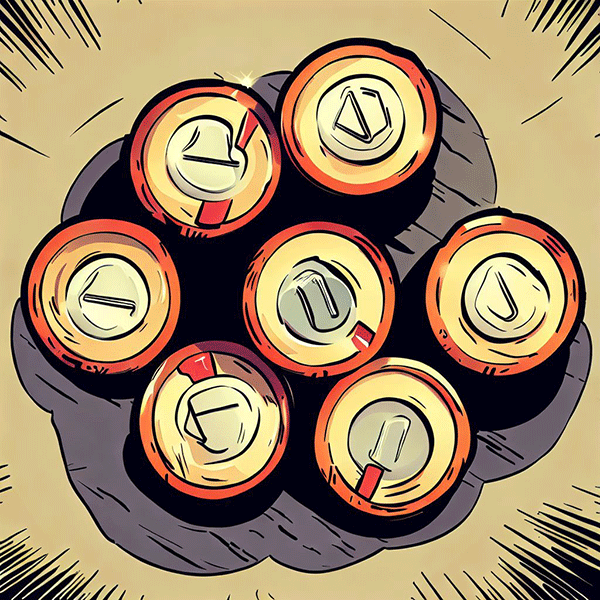What is a Battery?
A battery is like a small power box that stores energy and changes it into electricity. This happens through a special chemical reaction which pushes a stream of tiny particles called electrons from one place to another. The flow of these electrons gives the electrical energy that makes our devices work.
Inside a Battery
Inside every battery, there are three main parts:
- Anode (Negative Side): This is where the electrons come from. The anode gives up its electrons due to the chemical reaction, creating a flow of electrical charge.
- Cathode (Positive Side): This is where the electrons go to. The cathode takes in the electrons that the anode has given up.
- Electrolyte: This is a substance that sits between the anode and the cathode. It helps the movement of charges between the cathode and anode. When the circuit is complete, the electrons can flow from the anode to the cathode, powering your device along the way.
Different Types of Batteries
There are many types of batteries, but here are two main ones:
- Primary Batteries: These are batteries that can’t be charged again. Once the energy is used up, the battery is dead and needs to be replaced. Examples include AA and AAA batteries that you might put in a remote control or toy.
- Secondary Batteries: These are rechargeable batteries. They can undergo a special chemical reaction that can be reversed by applying electric current, allowing them to be reused. Examples include the batteries in our smartphones and laptops.
Batteries and How They Power Things
In an electric circuit, a battery can be the power source, providing the push needed to keep the electrons flowing. This flow of electrons from one place to another is what we call electricity.
The battery’s anode (negative end) releases electrons into the circuit, while the cathode (positive end) takes them in. When you turn on a device, you complete the circuit, allowing these electrons to flow and power your device.
Batteries and the Environment
While batteries are super useful, they also have an impact on the environment. Batteries contain several heavy metals and toxic chemicals, so throwing them in the trash can harm the environment.
Many places have recycling programs for batteries, where they can be safely processed and the harmful substances contained. Always try to recycle used batteries instead of throwing them away.
Wrapping Up
Batteries play a big role in our daily lives, powering all sorts of devices. Knowing how they work helps us appreciate the convenience they offer but also reminds us to use and get rid of them responsibly. Remember, science is all about being curious and discovering new.
